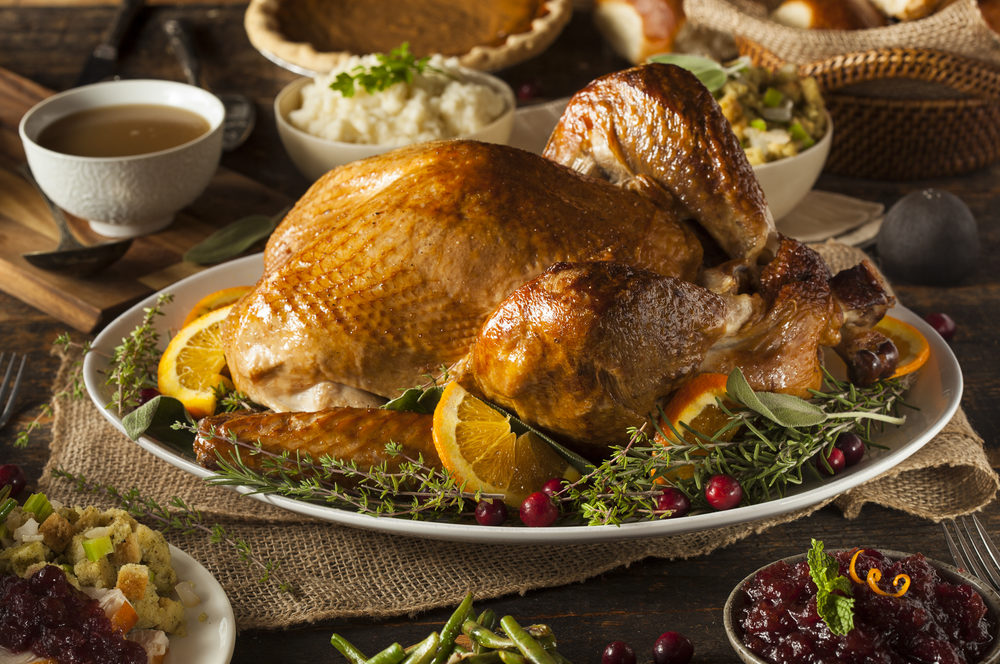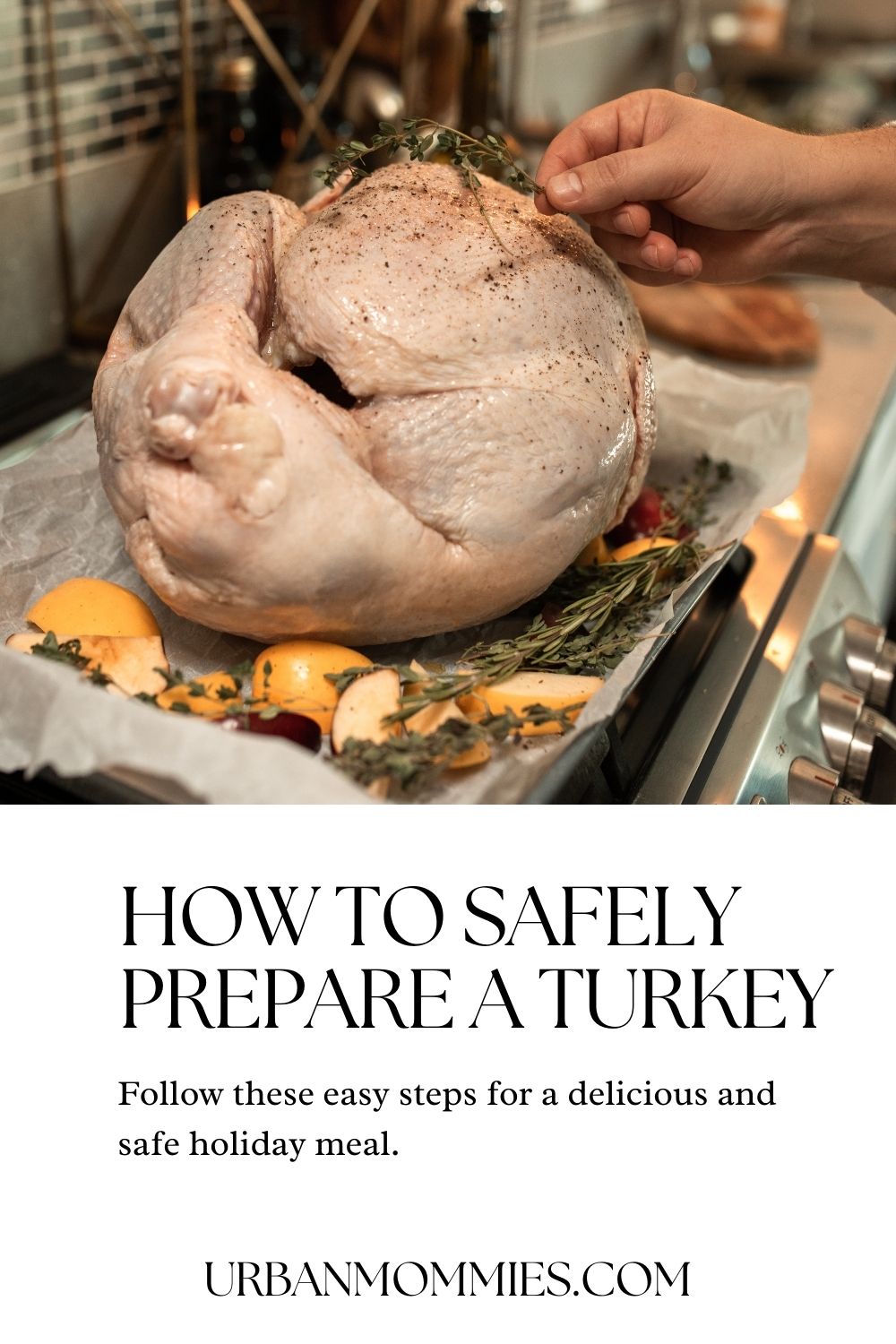The following turkey preparation safety tips are adapted from US CDC online documentation: It’s Turkey Time – Safely Prepare Your Holiday Meal. Health Canada also provides turkey preparation tips. Whether you’re a seasoned chef or a novice preparing your first holiday meal, be aware of safety issues when thawing, preparing, stuffing and cooking your turkey. Food safety is especially important as you prepare a holiday meal. Within the last couple of years, public health officials have investigated outbreaks of food-borne illness that were caused by bacteria in jalapeños, spinach, peanut butter, frozen pizza, frozen pot pies, and frozen beef patties. Many consumers are now more aware of the ongoing importance of food safety.
CDC is a food safety partner with the United States Department of Agriculture (USDA), Food Safety and Inspection Service (FSIS), which is responsible for the safety of meat and poultry. The FSIS has assembled preparation tips intended to serve as safety reminders to those who are already familiar with meat and poultry preparation safety and as guidelines for the first-time chef.
Turkey Basics: Safely Thaw, Prepare, Stuff, and Cook
When preparing a turkey, be aware of the four main safety issues: thawing, preparing, stuffing, and cooking to adequate temperature.
Safe Thawing
Thawing turkeys must be kept at a safe temperature. The “danger zone” is between 40 and 140 F (4 – 60°C) – the temperature range where foodborne bacteria multiply rapidly. While frozen, a turkey is safe indefinitely, but as soon as it begins to thaw, bacteria that may have been present before freezing can begin to grow again, if it is in the “danger zone.”
There are three safe ways to thaw food: in the refrigerator, in cold water, and in a microwave oven. For instructions, see “Safe Methods for Thawing.”
Safe Preparation
Bacteria present on raw poultry can contaminate your hands, utensils, and work surfaces as you prepare the turkey. If these areas are not cleaned thoroughly before working with other foods, bacteria from the raw poultry can then be transferred to other foods. After working with raw poultry, always wash your hands, utensils, and work surfaces before they touch other foods.
____________________________
Related:
Savoury Sage Stuffing
Top 10 Turkey Tips
Thanksgiving Leftovers: Turkey Deluxe
_____________________________
Safe Stuffing
For optimal safety and uniform doneness, cook the stuffing outside the turkey in a casserole dish. However, if you place stuffing inside the turkey, do so just before cooking, and use a food thermometer. Make sure the center of the stuffing reaches a safe minimum internal temperature of 165°F (74°C). Bacteria can survive in stuffing that has not reached 165°F (74°C), possibly resulting in food-borne illness. Follow the FSIS’ steps to safely prepare, cook, remove, and refrigerate stuffing.
Safe Cooking
Set the oven temperature no lower than 325°F and be sure the turkey is completely thawed. Place turkey breast-side up on a flat wire rack in a shallow roasting pan 2 to 2-1/2 inches deep. Check the internal temperature at the center of the stuffing and meaty portion of the breast, thigh, and wing joint using a food thermometer. Cooking times will vary. The food thermometer must reach a safe minimum internal temperature of 165°F (74°C) [Health Canada recommends to cook turkey until the temperature of the thickest part of the breast or thigh is at least 85ºC (185ºF)]. Let the turkey stand 20 minutes before removing all stuffing from the cavity and carving the meat.
Following these cooking guidelines can help you prepare a safe holiday dinner that everyone will enjoy.
For more great info, check here. HealthandSafetyWatch.com is a resource for a variety of health advice as well as the ability to keep track of recalls and advisories in Canada.
Pin it for later!




[…] Safe Turkey Preparation Quinoa Turkey Meatballs […]